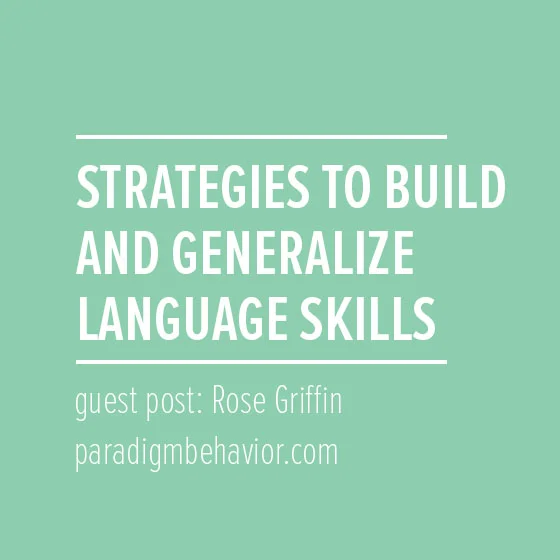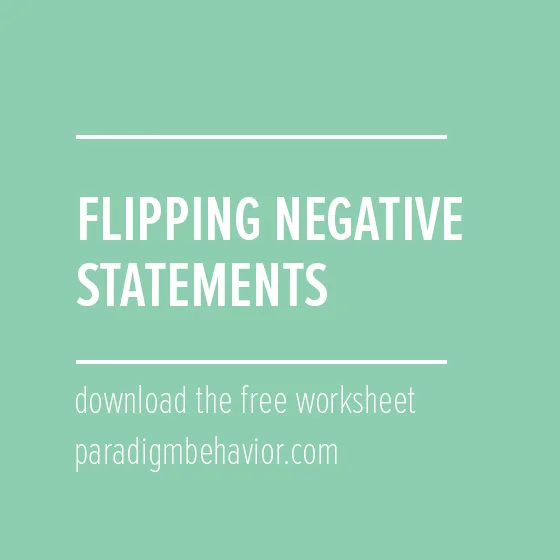Figuring out what to say and do during play can be exhausting, but it’s all worth it.
Up your MS Excel skills by using these Graph Templates. Graph with a time series and automate your phase change lines.
Learn the difference between fading within one prompt type vs. fading across different prompt types commonly known as prompt hierarchies.
I'm excited to be featured in DBA-SIG's blog! "With all the energy spent on creating (programs, data sheets, training materials), I urge behavior analysts to spend a little more energy on design. It sounds silly, but what’s the point of creating an elaborate behavior plan when it doesn’t get read?” In this article, I provide 4 tips I use when creating a “user-friendly” document.
Video tutorial on how I design my behavior intervention plan (BIP) templates in MS Powerpoint. I give you tips for inspiration and design using a tool you're most likely already familiar with (MS Powerpoint).
Guest post by Rose Griffin, speech language pathologist and board certified behavior analyst. She teaches you how to build and generalize language skills at home.
In this blog post, I'll share 6 ways to make your parent training sessions more effective. Through SMART Goals, learn how I make these goals actionable by using my Parent Workbook. It works like a data sheet to show parents are meeting their goals with each session.
Kelsey General, single mom to 2 young boys, shares her experience with autism, ABA, and how she works around limited funding for services.
A sneak peek into parent training with content and individualized goals, and tracking their progress with automated graphs.
Use SMART goals to make parent training goals achievable and realistic. The post provides examples and non-examples of parent goals, and suggests ways to apply them when learning basic ABA concepts. Not only will parents understand the technical language of ABA, they will be able to use the concepts over and over again when teaching (and maintaining) a new skill.
ABA therapy can get very personal when it comes to offering information about your day-to-day lives. Learn to build a relationship with your BCBA by attending parent training sessions so that both of you are collaborating and addressing ongoing issues in your home.
When it comes to finding visual supports such as social stories and how-to break down skills, I am all for searching online and using what's out there. However, there are times when I can't find exactly what I wanted or I need to individualize the photos a bit more. In the post, I'll teach you how to import photos to Microsoft Word and create your own visuals.
Here’s the lowdown on handling [insert problem behavior here]. We’re tying together all the little tidbits we’ve learnt so far on problem behavior. Click through to get insight on behavior intervention plans (BIP).
As a parent, we have responsibilities to set rules and expectations, but remember we can have fun too. In this post, I encourage you to mix your routines up with work and play.
Teaching your child to request (mand training) is one of the first programs we teach in ABA therapy. It introduces your child to language and will become an important skill when decreasing problem behavior.
A Ted Talk on parenting got me thinking about prioritizing our goals to set our children up for success. When teaching our kids, we need to fade our assistance over time to prevent them from becoming too dependent on us.
A lot of times parents give up because ignoring did not work, but I'm going to tell you it's so much better to power through. We are going over extinction bursts in this post!
Don't find band-aid solutions to problem behavior. Figure out what your child is trying to communicate.
I'm excited to have guest blogger, Natasha Barber, share effective and affordable ways to be proactive in your home as a precautionary measure when it comes to your child's safety. She is a mother of 2 boys and shares her experience with wandering and autism.
In ABA, timing is everything, whether you're delivering reinforcements or providing prompts. But with a little work and an attention to your timing, you'll begin to see lasting behavior changes.
I've always been told to say "no" to no. So what does that mean? It's all about making things positive
Collaborate with your BCBA to start integrating ABA into your home. You will see long term benefits when you challenge problem behaviors today.
Need clarification on what it means to ignore and redirect? This phrase is used all the time in ABA and certainly needs a further explanation. In this post, you'll find where the phrase comes from and examples of how it can be applied.
A parent's perspective when looking for ABA services featuring a guest post by Amy Allen. She shares her experiences when her son was diagnosed with autism at 22 months
A provider's perspective, top 10 questions to ask when starting ABA and more insight for starting services.
Giving your child choices is a great way to teach them to make decisions; however, too many choices can be overwhelming. Not only does rotating toys declutter your space, you may find your child spending more quality time with each toy.
Does it feel like you're bribing your kids when you provide the conditions "if you do xyz, then I'll give you anything you want?" Think about long term consequences for your child then you'll start to see the difference between a bribe and positive reinforcement.



































Watch me walkthrough with 3 parent training handouts.